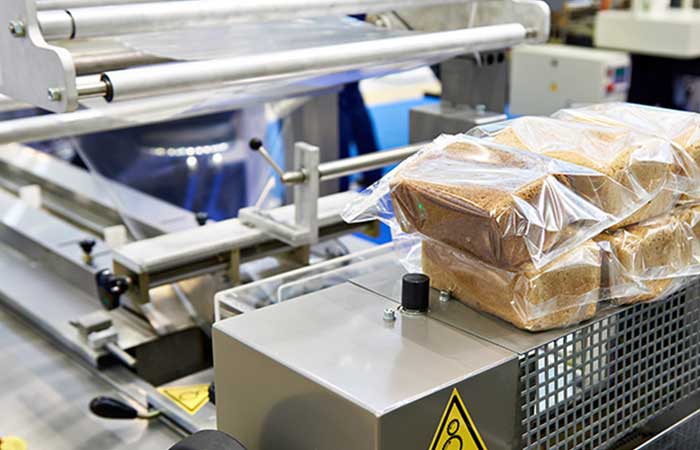Revolutionizing Packaging: The Role of Secondary Packaging Machines
The Evolution of Secondary Packaging Machines
In the fast-paced world of manufacturing and distribution, the importance of efficient packaging cannot be overstated. Secondary packaging machines play a pivotal role in streamlining operations, ensuring product safety, and enhancing the overall customer experience. Let’s delve into the evolution of secondary packaging machines and their significance in modern packaging processes.
From Manual Labor to Automation
In the not-so-distant past, secondary packaging was predominantly a manual process, relying on human labor for tasks such as case erecting, packing, sealing, and palletizing. However, with advancements in technology, automation has revolutionized the industry. Today, sophisticated secondary packaging machines can handle these tasks with speed, precision, and consistency, significantly improving efficiency and reducing labor costs.
Enhancing Productivity and Sustainability
By automating secondary packaging processes, manufacturers can boost productivity and output while maintaining high standards of quality control. These machines are designed to optimize material usage, reduce waste, and minimize environmental impact, making them essential components of sustainable packaging solutions. Their ability to adapt to various product shapes and sizes further enhances their versatility and cost-effectiveness.
Innovations Driving the Future
The continuous evolution of secondary packaging machines is fueled by innovations in robotics, artificial intelligence, and IoT technology. Smart packaging solutions are now capable of real-time monitoring, predictive maintenance, and data-driven insights that enhance operational efficiency and maintenance schedules. As the industry moves towards interconnected systems and Industry 4.0 standards, the role of secondary packaging machines will only grow in importance.
Customization and Flexibility
One of the key advantages of modern secondary packaging machines is their ability to offer customization and flexibility to manufacturers. Whether it’s creating multi-pack configurations, implementing special handling requirements, or adapting to changing market demands, these machines can be tailored to meet specific needs and maximize production efficiency. This adaptability is essential in a dynamic market landscape where agility and responsiveness are critical to success.
Conclusion
Secondary packaging machines have come a long way from their traditional counterparts, providing manufacturers with the tools they need to stay competitive and meet evolving consumer expectations. By embracing automation, sustainability, and innovation, companies can unlock new levels of efficiency, quality, and profitability in their packaging operations. As technology continues to advance, the future of secondary packaging machines looks brighter than ever.
-
01
Automatic Tray Loading and Packaging Equipment: Boost Efficiency to 160 Bags/Minute
21-11-2025 -
02
Automatic Soap Packaging Machine: Boost Productivity with 99% Qualification Rate
21-11-2025 -
03
A Deep Dive into Automatic Toast Processing and Packaging System
18-11-2025 -
04
The Future of Bakery Production: Automated Toast Processing and Packaging System
18-11-2025 -
05
Reliable Food Packaging Solutions with China Bread, Candy, and Biscuit Machines
11-10-2025 -
06
High-Performance Automated Food Packaging Equipment for Modern Production
11-10-2025 -
07
Reliable Pillow Packing Machines for Efficient Packaging Operations
11-10-2025 -
08
Advanced Fully Automatic Packaging Solutions for Efficient Production
11-10-2025 -
09
Efficient Automatic Food Packaging Solutions for Modern Production
11-10-2025 -
10
Advanced Automatic Packaging Equipment for Efficient Production
11-10-2025
















